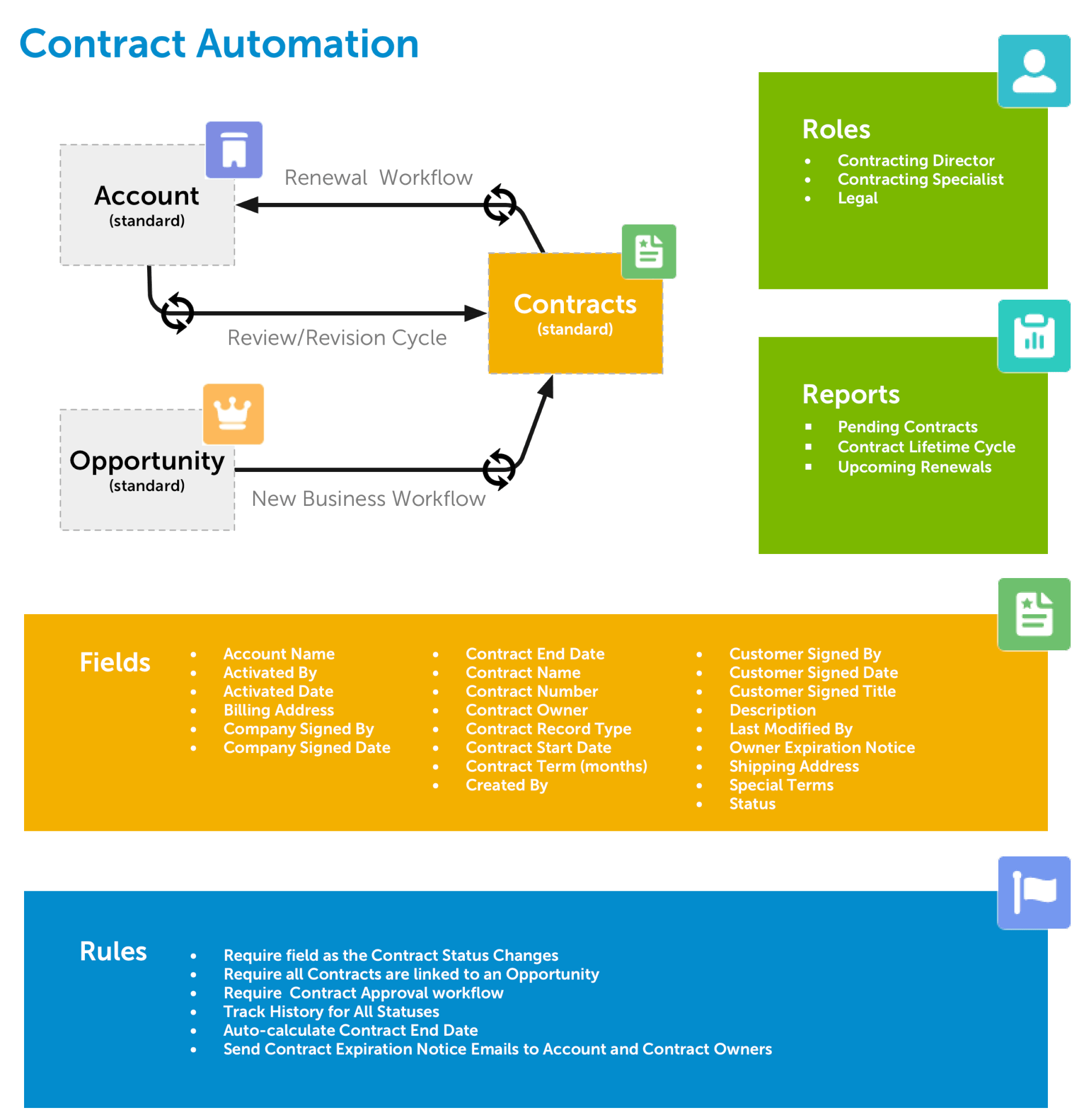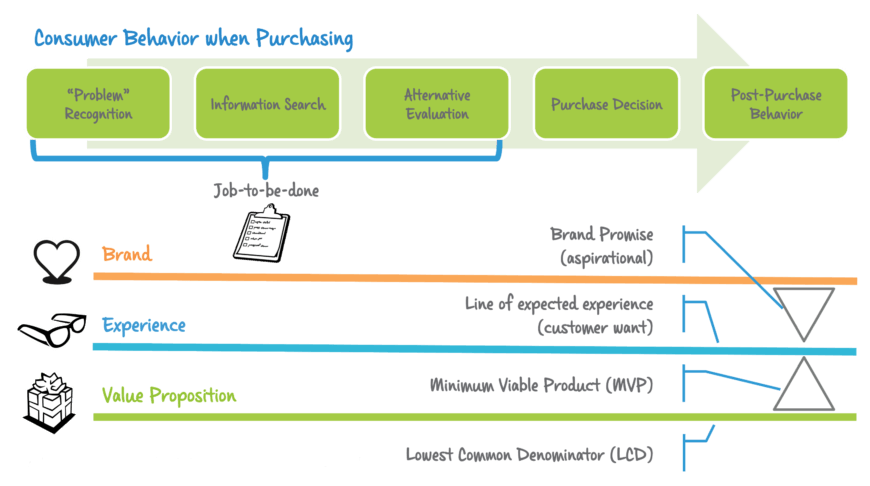We just wrapped up our 9th business building block sprint on Customer Relationships. In summary, the sprint for Project 1.9 completed 3 objectives:
- What questions to ask about Customer Relationships on the modelH canvas
- Defining how to build Customer Relationships for healthcare companies
- A look at how to measure Customer Relationships for healthcare companies

1st – Questions to Ask on the Canvas for the Customer Relationships Block
We defined the questions that should be added to our business model canvas for helping practitioners define their Customer Relationships.
- Which Healthcare Customer Relationship Dimensions do you use in your business model?
- What type of Customer Relationships do your customers expect you to maintain with them?
- How costly are your various Customer Relationships models to maintain?
- What is your plan to market your Value Proposition to consumers?
- When a consumer uses your Value Proposition and has a positive Experience, how do you imagine them sharing this experience with their friends/colleagues?
- How will you receive consumer feedback and what is your plan to act on it?
- Who is the greatest Key Influencer for your Customer Segments and how will you use them?
- How will you get, keep and grow customers?

2nd – How to Define Healthcare Customer Relationships
We also built a model for helping practitioners define and build their healthcare Customer Relationships. We reviewed seven different dimensions of healthcare customer relationships. We added seven Dimensions of Healthcare Customer Relationships to the standard BMC: Information, Navigation, Coordination, Connection, Transition, Motivation, and Monetization.
If my tax adviser can explain healthcare reform to me in simple terms, how come my health insurance company cannot? Worse yet, when they try, they just make me more confused and mad!
If my phone company can send me a personalized video bill, how come my doctor and insurer are still sending me those unreadable explanations of benefits?
These are simple questions to ask, with a profound underlying sentiment. With each touch, business models can improve, maintain, or deter a customer relationship. WIKI says that customer relationship management (CRM) is a model for managing a company’s interactions with current and future customers. In healthcare, the customer relationship must be around more than just your Value Proposition. Good business models must take into account both the Buyer and User in regards to their presence, trajectory, and destination within the healthcare ecosystem. modelH advocates there are 7 fundamental dimensions of healthcare Customer Relationships that exists in healthcare. They can be employed in various degrees and in various combinations to yield the best outcome for a particular Customer Segment.

In each of these dimensions, customers have preferences for both channel and message. It usually requires some form of both emotional support and physical comfort that can also be tracked and measured for progress and completeness.
Dimension
|
Definition
|
Information
|
Provides value to the customer often in the form of news, articles, Q and A, keyword search entries, videos, and/or pictures and assists in both help solve their job-to-be-done and in manifesting your value proposition to your customers. |
Navigation
|
Moves people in a new and positive directions and helps customers ultimately solve their jobs-to-be-done. Navigational guides can help shape and influence new choices and behaviors for people. Other examples of navigational guides could include providing customers with personalized action plans with expert suggestions (products, services or other activities) regarding their Jobs-to-be-done (JTBD). |
Coordination
|
Simplifies the logistics associated with your customers’ jobs-to-be-done. Effective coordination should enhance your value proposition. Examples of coordination could include helping people with their health To/Do’s, scheduling appointments, health records management (PHR), monitoring & alerting on key health notifications, and streamlining support to service providers. |
Connection
|
Interpersonal relationships with others, which positively benefit relationships with your customers and further enhances your value proposition. Do the channels through which you interact with your customers also seek to connect your customers to other individuals or other complementary solutions? |
Transition
|
Over time – meeting your customers jobs-to-be-done will require maintaining relationships with them across multiple channels and potentially multiple key partners and key suppliers. What principles of effective transitioning have you considered in continuously strengthening relationships with your customers? |
Motivation
|
Critical for creating change and sustaining new behaviors. What role do principles of motivation play in building relationships with your customers? Depending on your value proposition – one example of motivation in regards to strengthening customer relationships may be providing customers/users the ability to earn points when they accomplish an incentivized goal or task. Incentive providers such as employers, plan, and family can contribute to encouraging change for a customer/user. Points earned by a customer/user can be converted into buying power that can be spent on products in the marketplace. Points can also be donated to charities tapping into a person’s motivation for promoting goodwill. You can even reward your most passionate consumers for becoming evangelists. |
Monetization
|
Knowing what customers value, what customers experience are both critical to any successful business. Knowing how to monetize both your Value Proposition and your Customer Relationships is foundational to sustaining any business model. |
3rd – How to Measure Healthcare Customer Relationships
We also built a model for helping practitioners measure their healthcare Customer Relationships by outlining various options for metrics in the strategy, process, people, brand, financial, customer and culture domains.
It seems plausible that you should identify and know your Customer Segments before you create products for them. Once you have products selected specifically for them, you then create winning Experiences through various Channels and Customer Relationships. The flow can be seen visually here.

- Customer Segment Development – know your customers, who they are, and what they want, and (most importantly) what they value.
- Value Proposition Management – create value that your customers can perceive because it effectively solves their jobs-to-be-done.
- Customer Behavior Management – understand your customers health needs and comprehension so you can directly and indirectly mange them.
- Customer Experience Management – know how your customers want to experience your products and services and create great engagements for them as they discover, consider, buy and use them.
This section is about measuring Customer Relationship as a business function. In as much, it should be well past the standard call volumes and issue resolutions, and look to something deeper. We must add revenue and cost element into Customer Relationship measures because it is 1) prudent to do for all business functions, and 2) feasible to identify how Customer Relationship both drives revenue and lowers costs.
When Customer Relationships are designed into a business model, they produce these results:
- A clear alignment of Customer Relationship to the business model and its implementation.
- A set of Customer Relationships standards incorporated into all Value Propositions and Channels.
- A defined set of Key Resources organized for consistent execution of the Customer Relationship.
- A Platform that organizes, automates, and synchronizes Customer Relationships across the model.
- A set of metrics to measure Revenue generation and Cost containment, as well as health outcomes.
Customer Relationship Success Indicators
The following measures are across the key dimensions of a company and its business model.
Strategy
A measure indicating how well Customer Relationships are embedded into the corporate strategy.
- A clearly defined Customer Relationship Management strategy
- A clearly defined Customer Relationship plan of implementation (change agenda)
- A defined maturity curve for how Customer Relationship will create value for the company and for the customer
Culture
A measure indicating how much Customer Relationships are emphasized as a critical area of focus by all employees/internal stakeholders.
- A measure for the organizational effectiveness of Customer Relationship focus
- A shared executive measure for collaboration on Customer Relationship initiatives
- Shared measure (connection) with Consumer Experience group
- Shared measure (connection) with Customer Development/Sales group
- Shared measure (connection) with Channel Owners
- A single corporate-wide Customer Relationship measure in the annual company performance group of measures
- A Customer Relationship dashboard with agreed upon metrics by the senior team and understood by internal stakeholders
Brand
A measure indicating the alignment of Customer Relationships with your company’s brand promise.
- This needs to be developed after conversation with leadership
People
A measure indicating the development of the roles that lead and drive continuous improvement for the Customer Relationships function.
- This needs to be developed after conversation with leadership
Process
A measure indicating how clearly understood and utilized the Customer Relationship process is.
- Feedback loops from providers in place
- Feedback loops from customers in place
- This needs to be further developed after conversation with leadership
Financial
A measure indicating the effect that Customer Relationship has on corporate financial performance.
Revenue (attributable to Customer Relationship)
- This needs to be developed after conversation with leadership
Costs (attributable to Customer Relationship)
- Cost to Serve Customers (total service and support costs) to meet their job-to-be-done
- Cost to Satisfy Customers by channel (email, chat, online, telephone, in person)
- Ratio of Cost to Serve / Total Revenue
Customer
A measure indicating the Customer Relationship and its affect across the customer lifecycle.
Single Measures
- Customer Satisfaction score (CSAT) score
- Net Promoter Score (NPS) score
- Customer Effort Score CES score
- Reach to Lead Conversion
- Lead to Customer Conversion
- Retention Rate
- Referral Rate
How well do customers listen to you?
- Call center data (if applicable)
- Customer Compliance
- Customer Comprehension of Your Communications
How easy is it for customers to work with you?
- Speed of application/entry process
- Speed of issue resolution process
- Number of Customer Complaints
- Number of Customer Kudos
- Customer Satisfaction with Touchpoints
How do customers feel about you?
- Quality Scores
- Likelihood to Recommend
What is Next?
Next up, we are going to look at Project 1.11, 12, and 13 – Key Activities, Resources, and Partners.
Interested in what we are doing? Step up to the plate an get involved.
To your health,
The Team at imagine.Go















